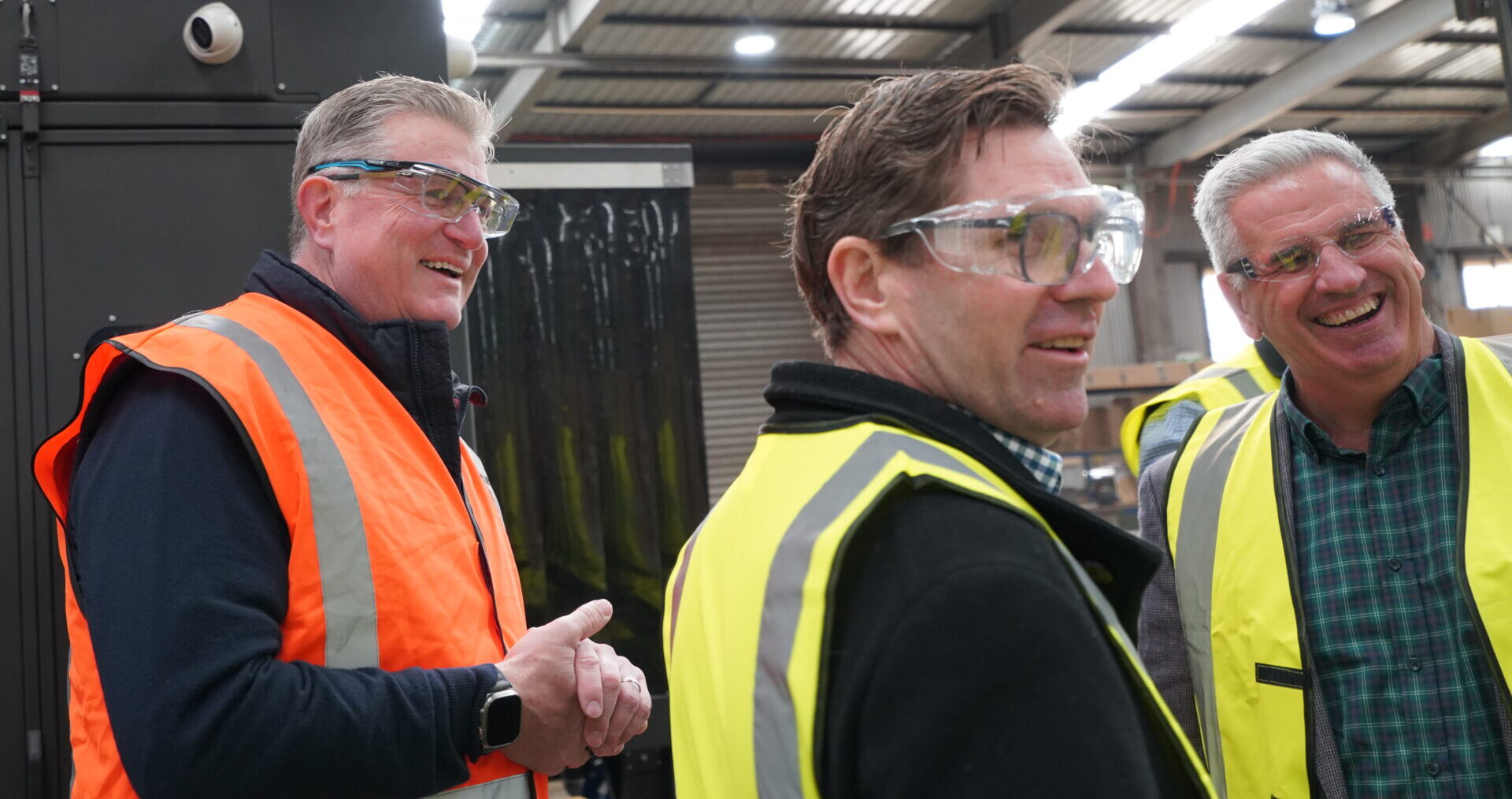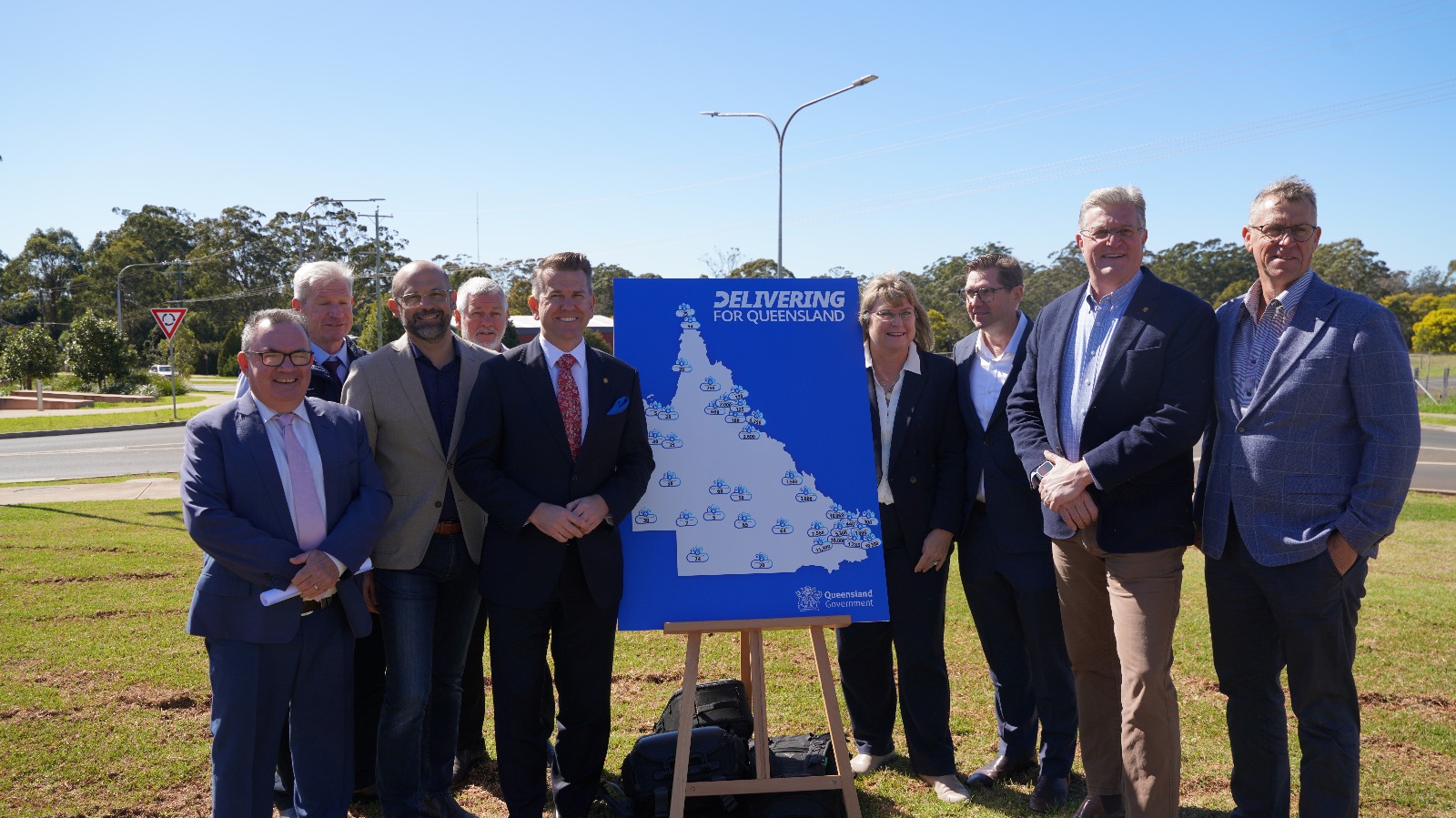Minister for Housing and Public Works
The Honourable Bruce Flegg
Asbestos removal and management to get top priority
Minister for Housing and Public Works, Bruce Flegg, has ordered the development of a comprehensive, long-term plan for the management and targeted removal of asbestos from Queensland Government buildings.
The use of all asbestos material was nationally banned at the end of 2003. Respirable asbestos fibres are a health hazard and can cause serious asbestos-related diseases such as asbestosis and mesothelioma, which can take decades to emerge.
“Within government buildings, including public housing, initial indications are there may be up to 10 million square metres of asbestos-containing material (ACM),” Dr Flegg said.
“The lack of a whole-of-Government register of all buildings means that asbestos data is not centralised.”
Dr Flegg said a wide range of targeted strategies was essential to reducing risk of future contamination or exposure to the deadly substance.
This new approach to asbestos management will include:
·developing new directions for the management and control of asbestos in government workplaces and residences
·immediately targeting the removal of all high-risk asbestos-containing materials, including asbestos-backed sheet vinyl flooring and low density asbestos fibre board (LDB)
·developing cost-effective removal strategies
·identifying and managing QBuild and industry capacity to remove, transport and dispose of significant volumes of high risk material
·developing effective management strategies that will minimise risks and broader disruption issues for impacted asset users, including students and school staff, social housing tenants and the like.
Dr Flegg said more than ten thousand new mesothelioma cases were diagnosed in Australia between 1982 and 2007, with an increasing trend over these years.
“Due to high asbestos use in the past, the peak of mesothelioma cases has been predicted to occur sometime in the next 10 years,” he said.
“We want to make sure we do everything we can to limit the chance of future contamination or exposure. This is about the long term health and safety of Queenslanders. The longer things drag one without any action, the more people are at risk.”




